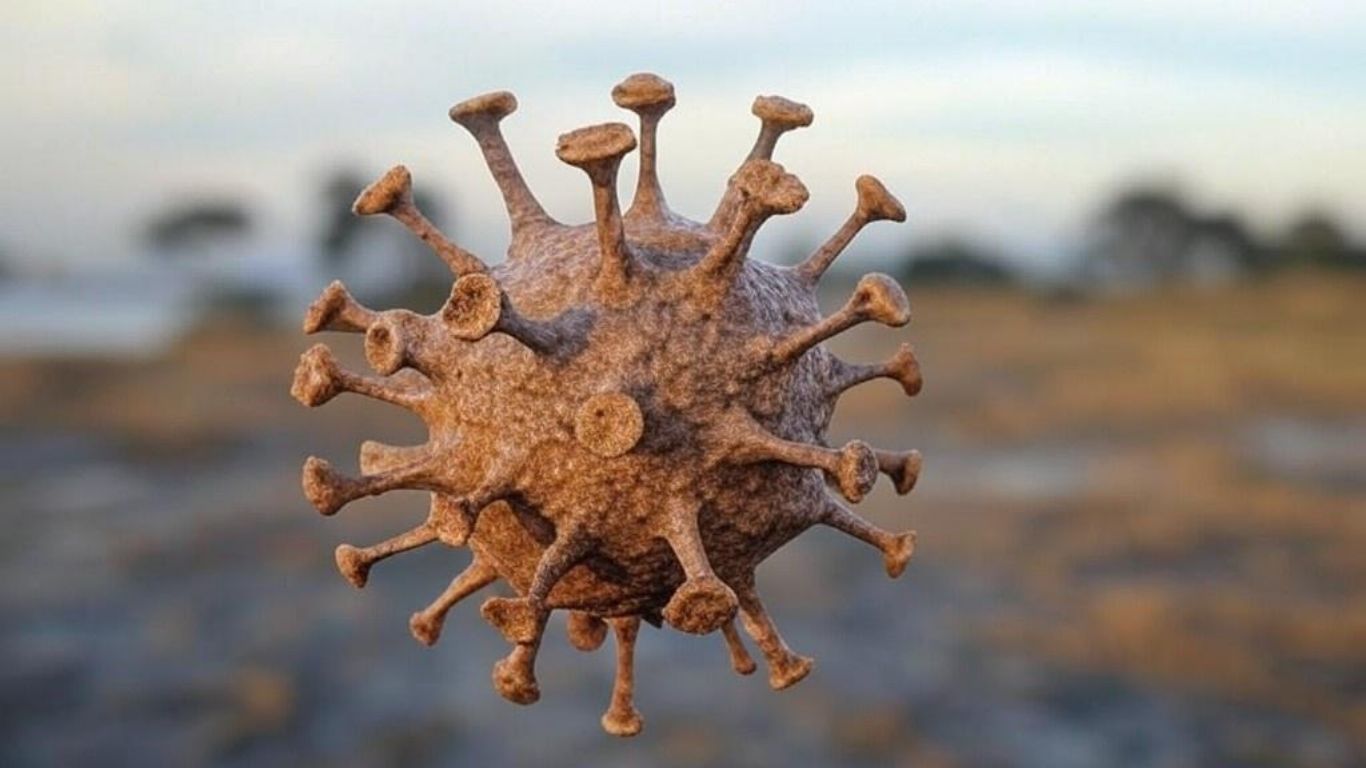The United States has reported its first death from avian influenza (bird flu), marking a significant moment in the ongoing surveillance of this deadly virus. The victim, an older adult from Louisiana, succumbed to severe respiratory symptoms after being exposed to infected birds in a backyard flock.
What We Know About the Case
- Victim Profile:
- The deceased was over 65 years old, had underlying medical conditions, and had direct contact with sick and dead birds.
- A genetic analysis of the virus in the patient suggested mutations, which may have contributed to the severe illness.
- First Death in the U.S.:
This is the first confirmed bird flu death in the U.S., although 66 infections have been reported since March 2023. Most prior cases were mild, primarily among farmworkers handling infected poultry or dairy cows.
A Global Concern
- Globally, bird flu has caused over 950 confirmed infections and 460 deaths since 2003, according to the World Health Organization (WHO).
- The virus is recognized as a serious public health threat, with potential for severe outcomes, especially in vulnerable populations.
Expert Insights
- Jennifer Nuzzo, director of the Pandemic Center at Brown University, emphasized the seriousness of bird flu:“This virus has historically been deadly. This case is a tragic reminder of its dangers.”
- Nuzzo also highlighted the importance of monitoring mutations, as mild cases in the past do not guarantee that future infections will remain mild.
Public Health Response
- Centers for Disease Control and Prevention (CDC):
- The agency confirmed that there are no signs of widespread concerning mutations in wild birds, poultry, or cows.
- Officials emphasized that the virus does not appear to be spreading from person to person.
- Precautionary Measures:
- Individuals handling sick or dead birds are urged to wear protective equipment, including gloves, masks, and eye protection.
- The CDC and Louisiana health officials continue to monitor for additional cases.
Bird Flu in the U.S.: A Growing Risk?
- The H5N1 bird flu strain has been widely detected in wild birds, poultry, and other animals in recent years.
- The presence of the virus in the environment increases the risk of human exposure, especially for those in close contact with infected animals.
Global and Local Perspective
- In Canada, a teenager recently became severely ill from bird flu, raising further concerns about the virus’s evolving threat.
- While Louisiana health officials have found no evidence of additional cases in the state, the CDC warns that vigilance remains essential.
Takeaways
This tragic death underscores the importance of robust public health surveillance and individual precautions when handling sick or dead birds. While there is no evidence of person-to-person transmission, the potential for mutations and severe illness remains a concern.
Key Recommendations:
- Follow safety guidelines when dealing with poultry or wild birds.
- Monitor updates from public health authorities regarding new developments in bird flu cases.
- Stay informed about symptoms and seek medical care if exposed to potentially infected birds.
Our thoughts are with the affected family and community during this difficult time.















